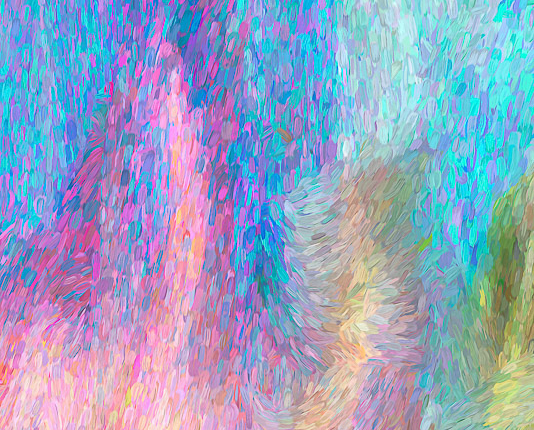ABSTRACT ART STYLES
Why are there different styles of abstract art?
The diversity of abstract art styles arises from the wide range of artistic expressions and individual interpretations that artists bring to the genre. Several factors contribute to the existence of various abstract art styles:
1. Personal Expression: Abstract art is often a deeply personal form of expression for artists. It allows them to convey emotions, thoughts, and ideas without being constrained by realistic representation. As a result, artists may develop unique styles that reflect their individual perspectives and experiences.
2. Freedom and Experimentation: Abstract art provides artists with a high degree of creative freedom. This freedom encourages experimentation with different techniques, materials, and concepts. Artists may explore unconventional methods and push the boundaries of traditional artistic norms, leading to the development of diverse styles.
3. Cultural and Historical Influences: Abstract art has evolved over time, influenced by various cultural, social, and historical factors. Different movements, such as Cubism, Surrealism, and Abstract Expressionism, have contributed to the development of specific abstract styles. Artists may draw inspiration from these movements or respond to contemporary issues, resulting in a wide range of styles.
4. Technological Advancements: Advances in technology, particularly the advent of digital tools and artificial intelligence, have expanded the possibilities for creating abstract art. Artists may integrate new technologies into their creative processes, leading to the emergence of styles that blend traditional and digital elements.
5. Philosophical and Conceptual Considerations: Abstract art often involves a departure from realistic representation, prompting artists to explore philosophical and conceptual ideas. Different artists may engage with abstract concepts such as form, color, texture, and space in distinct ways, giving rise to diverse styles that reflect their philosophical and conceptual explorations.
6. Individual Interpretation by Viewers: Abstract art invites viewers to bring their own interpretations and emotions to the artwork. The subjective nature of abstraction allows for a variety of responses, and individuals may resonate with different styles based on their personal preferences and experiences.
In essence, the richness of abstract art styles is a testament to the vast and dynamic nature of artistic expression. Artists continue to explore, innovate, and evolve, contributing to the ongoing diversity within the realm of abstract art.
- Abstract Expressionism
- Cubism abstract art
- Futurism abstract art
- Suprematism abstracts art
- Constructivism abstracts art
- De Stijl abstracts art
- Minimalism abstracts art
- Op abstract art
- Color Field painting
- Hard-edge painting
- Lyrical Abstraction art
- Neo-Expressionism art
- Tachisme art
- Informalism abstract art
- Action Painting
- Geometric Abstraction art
- Abstract Illusionism art
- Biomorphism abstract art
- Abstract Surrealism
- New Abstraction art
More about Abstract Art on Wikipedia
More about abstract art
Predecessors of Abstract Art
Artistic styles that have influenced or paved the way for Abstract Art, much like Impressionism did, are often referred to as precursors or predecessors of Abstract Art. These styles might include movements such as Post-Impressionism, Fauvism, Cubism, and Expressionism, among others. They laid the groundwork for the eventual development of Abstract Art by challenging traditional representational norms and experimenting with form, color, and composition in innovative ways.
- Impressionism
- Post-Impressionism
- Fauvism
- Cubism
- Expressionism


